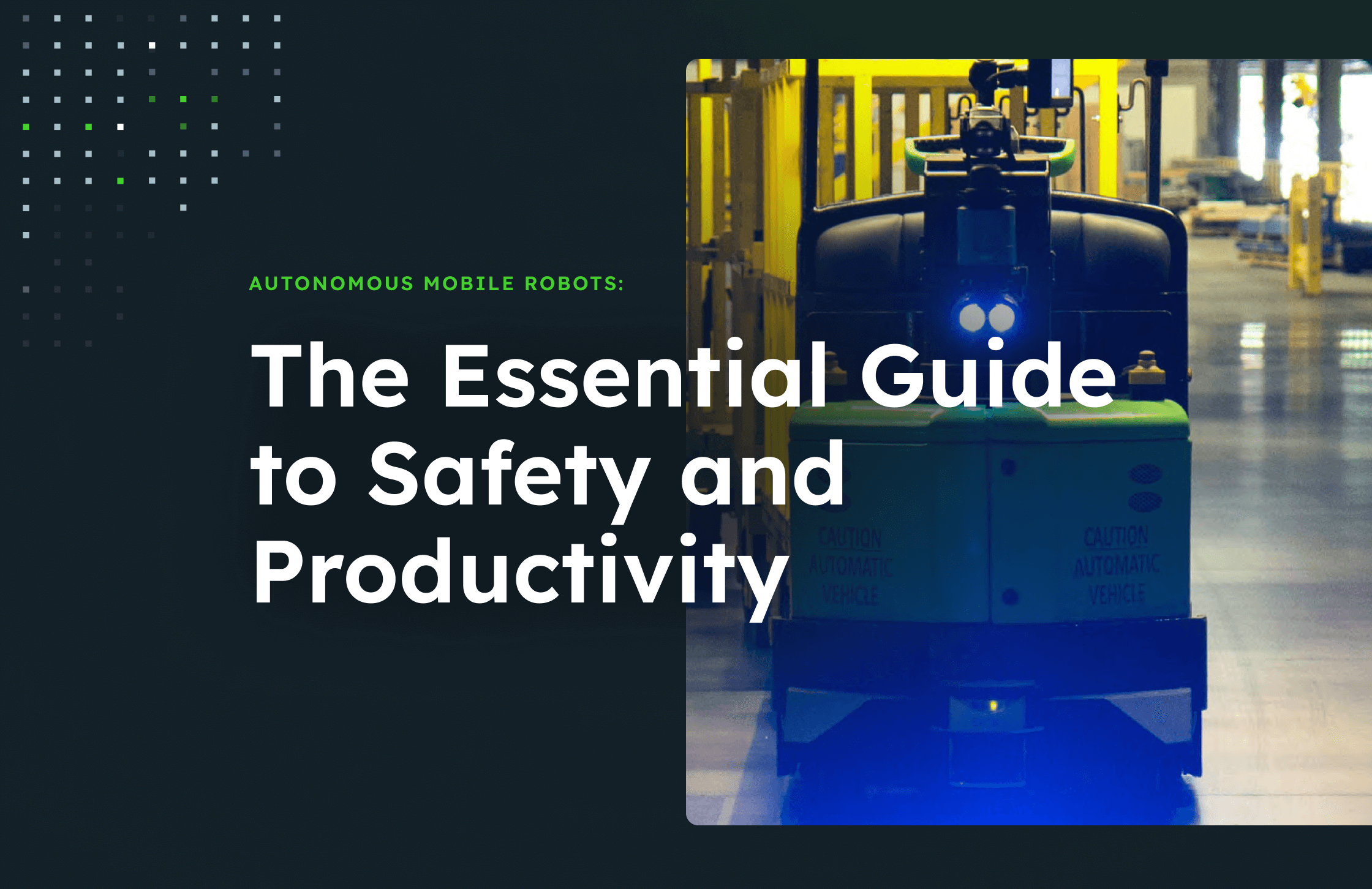Safer working conditions are a key reason why many companies are implementing automated material handling systems into their operations; after all the industry spends up to $12.5 billion on safety-related incidents a year.
To see if an automated material handling system can help improve the health and safety of your team you need to first evaluate how workers receive injuries on the job. Injuries may be classified by OSHA as any of the following:
- Cumulative trauma disorders (CTDs). Injuries involving strain which develop, or build up over time.
- Repetitive strain injuries (RSIs). Injuries affecting muscles, nerves, and tendons by repetitive movement and overuse. This condition mostly affects the upper body.
- Musculoskeletal disorders (MSDs). Injuries and disorders to soft body tissues including muscles, nerves, tendons, ligaments, joints, cartilage, and spinal discs.
- Repetitive motion injuries (RMIs). An injury to the body that is caused by performing the same motion over and over again thereby straining a body part.
Step 1: Identify where/why are RSIs/RMIs occurring
- Moving and lifting boxes on and off racks
- Gripping bulky items that may not have handles
- Bending and twisting to lift heavy materials
- Twisting and reaching overhead to get materials from racks and bins
- Reaching down or stopping to load and unload boxes
- Forceful motions, using a lot of effort to get a job done
- Pressure points
- Static posture
- Extreme temperature
- Workers exhibiting “pain behaviors” (ex: not moving body parts, restriction).
- Pushing or pulling heavy objects
- Increase in quality issues
Step 2: Speak with operations about reported injuries
- What area of the warehouse are most injuries reported?
- What are the past worker complaints?
- What are common themes from past worker compensation reports?
How Automated Material Handling Systems Can Help
New advancements in robotics and automation can help reallocate staff towards being solution operators and trainers instead of manual material handlers. Autonomous mobile robots (AMRs) are ideal where extraneous long walks are required, retrieval systems can help with picking /reaching/twisting postures, and autonomous pallet jacks, fork trucks and tuggers replace repetitive driver strain and heavy lifting. Vecna Robotics’ AMRs reliably and safely navigate using advanced sensors and are compliant with the highest-rated industry safety standards. When AMRs take over repetitive and strenuous tasks, workers are able to conduct high-value, organizational tasks while reducing their risk of injury.
Want to know more?
Read more about this topic here.




